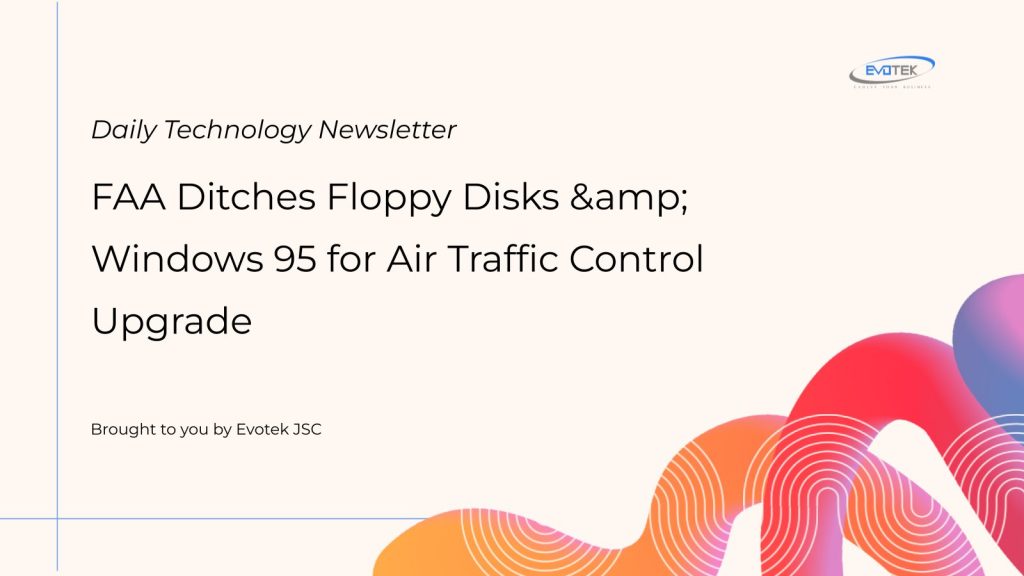The Federal Aviation Administration (FAA) is embarking on a major overhaul of the U.S. air traffic control (ATC) system, leaving behind relics of the past like floppy disks and Windows 95.
For years, critical ATC operations have relied on outdated technology, raising concerns about efficiency and security. Acting FAA administrator Chris Rocheleau emphasized the urgency of this transformation, stating the goal is to “replace the system. No more floppy disks or paper strips.”
Transportation Secretary Sean Duffy echoed this sentiment, calling the ATC modernization “the most important infrastructure project that we’ve had in this country for decades.” The initiative enjoys bipartisan support, with widespread recognition of the need for upgrades.
Why Now?
The reliance on aging systems poses several risks:
- Security Vulnerabilities: Older systems are more susceptible to hacking and cyberattacks.
- Maintenance Costs: Keeping outdated hardware operational requires significant resources.
- Efficiency: Modern technology can streamline operations and improve air traffic management.
Challenges Ahead
Upgrading the ATC system is a complex undertaking. Unlike a simple software update, ATC systems require continuous operation, making seamless transitions essential. Moreover, the new infrastructure must be highly secure to prevent disruptions.
The FAA has issued a Request For Information (RFI) to gather insights from companies capable of tackling this challenge. “Industry Days” are planned to allow companies to showcase their technology and proposals.
Timeline & Costs
While the Transportation Department aims to complete the project within four years, industry experts anticipate a longer timeframe. The White House has yet to disclose the estimated cost of this critical upgrade.
Despite the challenges, the FAA’s commitment to modernizing the ATC system is a vital step towards ensuring the safety and efficiency of air travel for decades to come.
Stay tuned for further updates on this important infrastructure project.
Source: Tom’s Hardware

 日本語
日本語 한국어
한국어 Tiếng Việt
Tiếng Việt 简体中文
简体中文